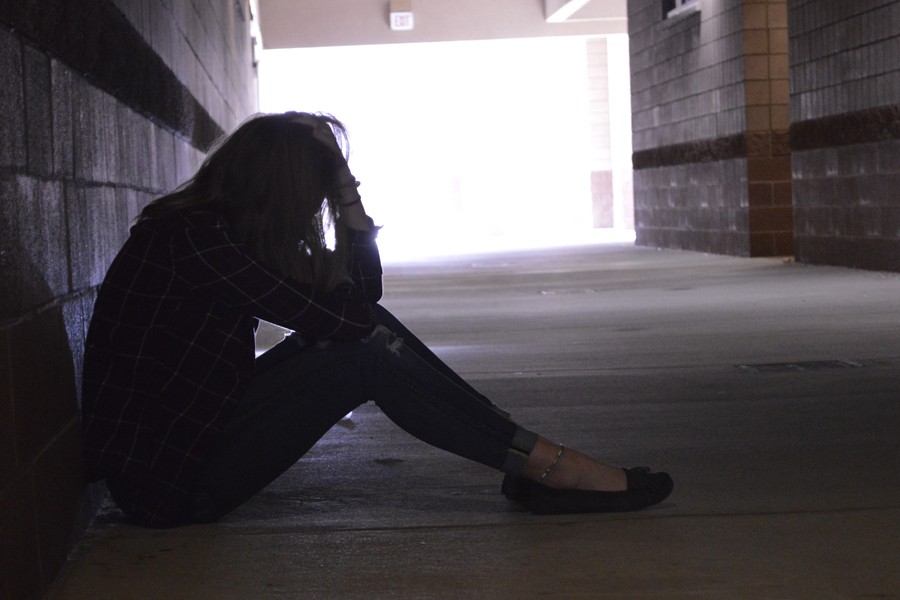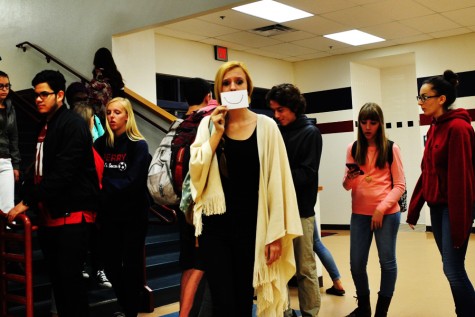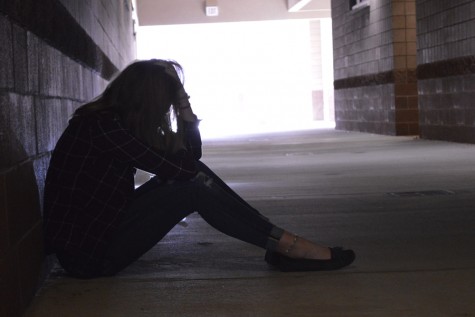School lacks protocol regarding illness
According to the National Alliance on Mental Illness, approximately 20 percent of young adults from age 13-18 experience severe mental disorders in a given year.
As a society, we raise awareness for diseases that can be seen. We walk around a track for several hours throughout the night for cancer, or we come together in a community event to sell pastries to support the healing of a student who faced a catastrophic car accident. Their messages spread and catch fire in communities across the nation. However, when was the last time we did a fundraiser for a student who has been diagnosed with clinical depression or anxiety disorder?
The stigma attached to mental illness has debilitated open conversation beyond a sterile therapist room or, to the closest family members or friends. According to the National Alliance on Mental Illness, approximately 20 percent of young adults from age 13 to 18 experience severe mental disorders in a given year. From the ages of 8 to 15, the estimate is 13 percent.
At an academically focused school, the stresses can easily build up; whether it’s doing poorly on a test which can fuel depression, or falling behind on homework that can fuel anxiety. In an environment full of stressors and students with mental illness, you would think that teachers would know enough to be able to understand it, and you would be thinking wrong.
“None of our staff has had any kind of training on mental illness, even as counselors we don’t have specific training on mental illness,” said counselor Shelamae Woodworth.
And this lack of training can be seen in the teachers on campus as well, with one teacher saying there are not any mental illnesses in AP classes. Another saying that someone with a mental illness is “anyone who experiences any type of unhappiness or distraught for any reason.”
Teacher inservice days are used to address various topics which are relevant to faculty members as they enter the new quarter. Topics discussed vary; including information about alcohol and drug abuse as well as how to prevent suicide. Yet, mental health in any capacity is never discussed to the majority of teachers.
Psychology teacher Jocelyn Dolan attests to the lack of training when she states, “we have workshops on everything but mental illness,” Dolan continues, “it all comes down to education, if you don’t have that then you don’t know, you don’t understand it.”
Then comes the silver lining between what is the job of the teachers to know versus what is the job of the counselors to know.
“[Teachers] have so much else they have to worry about, dealing with the mental part of that isn’t really their job, that’s why [counselors are] here,” said Woodworth.
Yet, as students, we rarely see our counselors. In fact, many of us do not even know who they are until we are reminded when we have to change our schedules. We see our teachers every day of the week, and form personal relationships with most of them.
Junior Jakob Wilcoxson, who was diagnosed with acute insomnia, severe depression, anxiety and OCD said, “I think as teachers, having that ability to have students come to them about issues either in the classroom or some personal issues to just talk through that can really really be helpful for students, so it’s not just a counselor’s job, it’s the teacher’s job too.”
Dolan extends the importance of an open dialogue for those affected by mental illness “No one is to blame for a mental illness, a mental illness a lot of times you’re genetically predisposed for it. Mental illness is uncomfortable, but that doesn’t mean it shouldn’t be talked about.”


